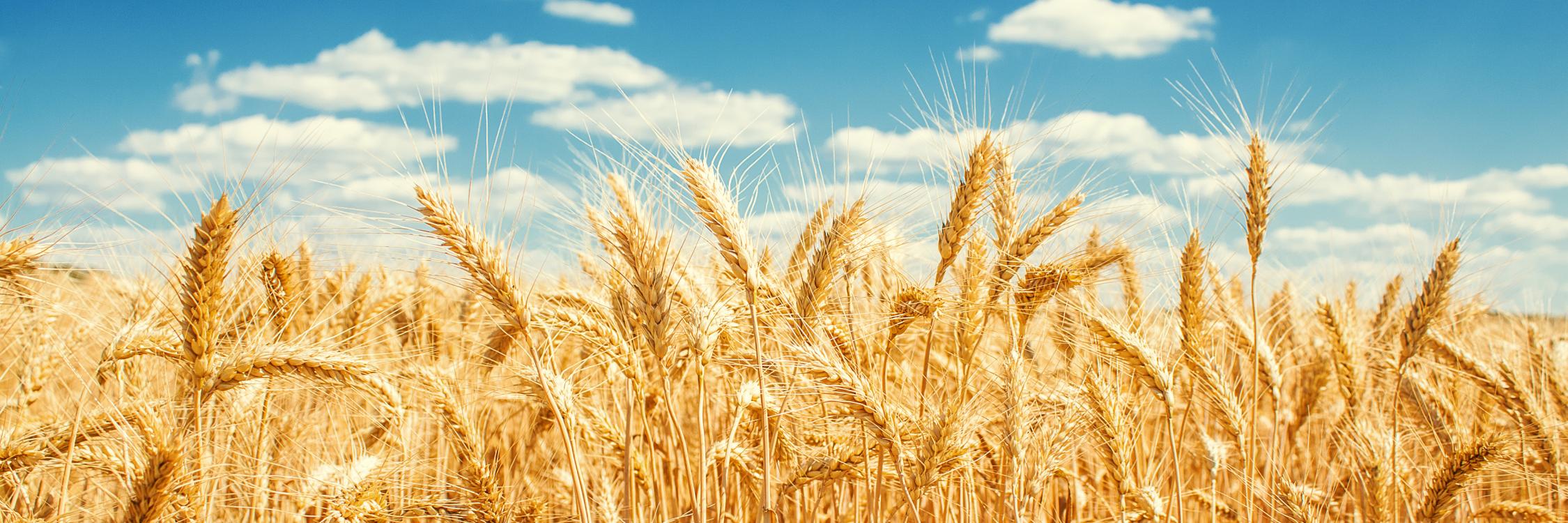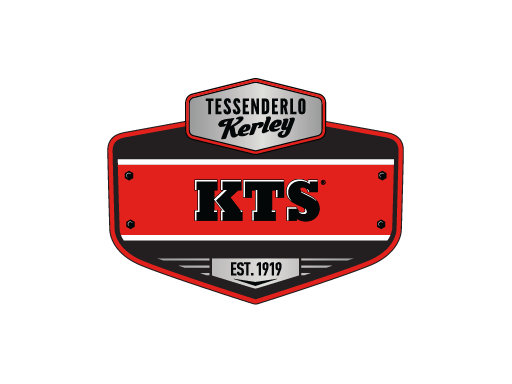
Working Wonders in Wheat
Without sulfur, the quality of wheat isn’t as “golden” as it could be.
For instance, sulfur nutrition is crucial for producing quality flour with desirable characteristics to make bread, says Elizabeth Lemings, Ph.D., Midwest Regional Agronomist for Crop Vitality™, noting that sulfur plays a significant role in the formation of amino acids and protein production in wheat. Sulfur is also pivotal in helping wheat utilize nitrogen efficiently.
Lemings says sulfur is the fourth most essential nutrient in crop nutrition behind nitrogen, phosphorus, and potassium. But sulfur, which is taken up by wheat and other crops as sulfate, isn’t available in the soil like it once was. Additional regulations to control air pollution has led to decreased atmospheric deposition of sulfur to the soil. Wheat farmers have realized this and acknowledged that their crops need additional sulfur, Lemings says.
When it comes to managing and accessing wheat’s nutritional needs, there are subtle differences when differentiating nitrogen and sulfur deficiencies in the crop. While both deficiencies are characterized by chlorosis or yellowing of the leaves, the key difference is the location of the leaf chlorosis. Sulfur deficiency is revealed in new or upper growth, while nitrogen deficiencies are characterized by the yellowing of lower or older plant leaves.
For example: Winter wheat that breaks dormancy in Kansas in February may experience yellow tinges on new growth if it is sulfur deficient, Lemings says. Sometimes, there might be a deficiency of both nutrients early in the growth period. Either way, it’s the perfect time to apply a sulfur and nitrogen blend to correct the deficiencies and sustain the crop going forward into the growing season, she stresses.

Improving Yield and Quality
Sulfur improves the overall yield and quality of wheat, Lemings says. This is especially evident in fields with lighter and more sandy soils that are low in organic matter which are more likely to be sulfur deficient.
But Lemings says that, while growers have always been concerned about yield, especially to help feed a growing population, they also realize today’s consumers are becoming more concerned about where their food comes from and how it was produced. Consumers desire higher-protein and higher-quality products that are grown in a sustainable way. Sulfur applications can help growers achieve these quality needs.
Product Uses and Applications
More and more growers have embraced sustainability and the four Rs of nutrient management –right rate, right source, right placement, and right timing. Growers have always strived to be great stewards of the land and that is becoming increasingly important today. By implementing the 4Rs of nutrient management, growers are able to produce crops more efficiently and create a sustainable system. Crop Vitality’s sulfur products add great value to a sustainable wheat crop nutrient management plan.
Thio-Sul, an ammonium thiosulfate fertilizer and Crop Vitality’s flagship product, has a nutrient analysis of 12-0-0-26S providing both nitrogen and thiosulfate sulfur. It has been proven beneficial in wheat production and is often blended with UAN (urea ammonium nitrate) when spring top-dress applications are applied. Many growers have found an 80% UAN 32 and a 20% Thio-Sul blend to be beneficial. This blend has an analysis of 28-0-0-5S. “They have found excellent benefits using that blend because it provides the nitrogen-to-sulfur ratio they need,” she says. “They are giving the crop the sulfur it needs to help the plant use nitrogen more efficiently.”
Another Crop Vitality product, KTS, is an excellent additive to increase wheat quality, Lemings says. The liquid potassium and sulfur source provides another solution for growers to add to top-dress blends or to spike nutrition when they apply fungicide later in the season. “Going into grain fill, if you have readily available potassium for the plant, often times the crop’s protein values will increase,” she says. Sometimes, growers believe that applying a pre-plant dry form of potassium is good enough for the season, but that potassium might not be fully available to the plant when it needs it later on. “Applying a liquid-source of potassium like KTS in-season helps to provide great benefits to the plant such as increased grain protein and assists with disease resistance and drought tolerance,” Lemings says.
When preparing for next wheat season’s nutrient plan, recall the benefits of sulfur and how it can help your crop achieve greater yields and produce a higher quality product. Both Thio-Sul and KTS are proven and tested products that have the ability to add a “golden” touch and help increase wheat yields for growers across America.

What is Thio-Sul?
Thio-Sul is the original ammonium thiosulfate fertilizer that supplies a higher level of sulfur than all other clear liquid fertilizers on the market.
Benefits
- Ammonium thiosulfate (12-0-0-26S)
- Helps improve nitrogen-use efficiency
- Provides quickly available and extended sulfur release
- Can be applied through most irrigation systems
Learn more

What is KTS?
KTS is a clear, nitrate and chloride-free fertilizer that features the highest liquid potassium and sulfur content available on the market.
Benefits
- A highly efficient chloride and nitrate-free liquid source of potassium and sulfur
- Provides a unique form of sulfur that can improve nitrogen use efficiency
- Blends well with many common liquid fertilizers
- Improves phosphorus and micronutrient availability and uptake by the crop
- Enhances crop resistance to environmental stress